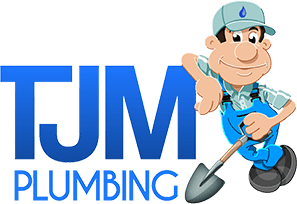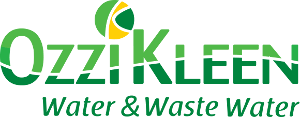Plumbers Guide To Installing Septic Tanks & Systems
At TJM Plumbing, we offer a range of septic tanks for your customers, so they can treat and reuse wastewater responsibly. A quality septic tank is only as good as its installation though, and recent concerns about septic tank safety mean plumbers have exacting guidelines to follow.
In NSW, all septic tanks have to be registered to allow for monitoring and safety checks. To help you deliver the very best service to your customers, we’ve put together this plumber's guide to installing septic tanks efficiently, safely and in compliance with all the latest regulations.
1. Choose the site
- Ensure minimum risk of localised flooding or pooling
- If underneath a building, be sure there is enough room for maintenance – keep an eye on head height. This varies from tank to tank
2. Excavate
The exact depth of excavation will depend on the size of the unit being installed. You’ll find details of this in the manufacturer’s manual.
3. Add Bedding Sand
- Septic tanks require a minimum of 100mm of bedding sand. The sand base is essential for stability and effective function.
- Average installation will place the sewer invert at 700mm below ground level and 1600mm above the bedding sand.
- The depth from the sand bed to ground level must be 2300mm or less. If it’s more than 2300mm then add bedding sand to raise the level.
4. Install
- Position the tank so it is central in the hole. This will ensure even backfill and stability.
- Check manufacturers' instructions for details such as the required depth of the motor box and take to make sure these are accurate.
5. Check Your Measurements
- The depth from the bedding sand to the invert must be less than 1600mm.
- The distance between the sewer invert and ground level must be no more than 700mm.
- Motor box hinges must clear the ground by at least 50mm.
6. Fill The System
- Fill the treatment system with its maximum capacity of water – up to the sewer invert and including the sludge waste and effluent compartments.
- This must be done before any backfill is added to ensure stability.
7. Connect The Pipes
- Refer to manufacturer’s instruction for details on exact fittings and pipes needed for connection.
- Check the socket seal and methods of securing.
8. Backfill
- If the tank is in an area with a high water table, then stabilised concrete must be used at the base of the tank.
- If the tank is in an area with a normal level water table, then use clean, lump-free earth to backfill.
9. Sock Filter Valve
If your system has a sock filter valve, like many Ozzie Kleen septic tanks, this is the time to fit it.
- Screw the supplied pressure gauge into the sock filter lid.
- Screw the non-return valve into the sock filter lid – this is found on top of the system.
10. Irrigation
- Irrigation must be installed according to local authority guidelines.
- You must use irrigation tubing, not drinking water tubing to avoid any confusion about water safety.
- Pipes must be laid out in accordance with local water authority guidelines.
- Ensure a sample valve is installed to low-density piping with low-pressure components.
11. Landscape
- Take care that any topsoil added after installation does not make the tank too low.
- Take care that no rocks are on top of, or within one metre of the tank.
- Ensure that any plants are planted in such a way that they won’t impede maintenance.
- If the system is below a deck or under a home, then take care to allow enough airflow.
Ask The Experts
At TJM Plumbing, we have over ten years of experience in installing septic tanks and systems. We supply and fit top-quality septic tank systems from manufacturers like Bio-Septic and Ozzi Kleen.
Our team can offer expert advice on the best tank for your needs, as well as a quality installation that meets all local authority requirements. To find out more, just give us a call on 0402 311 821 or complete our contact form.












